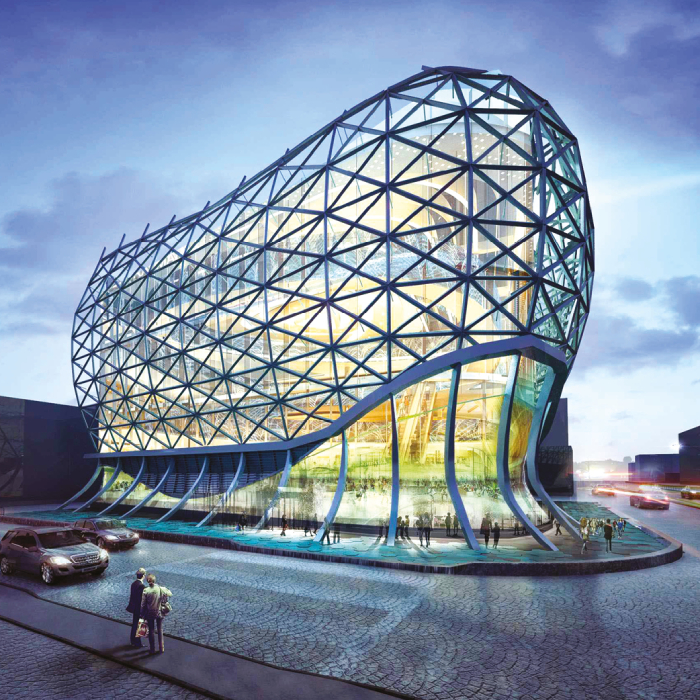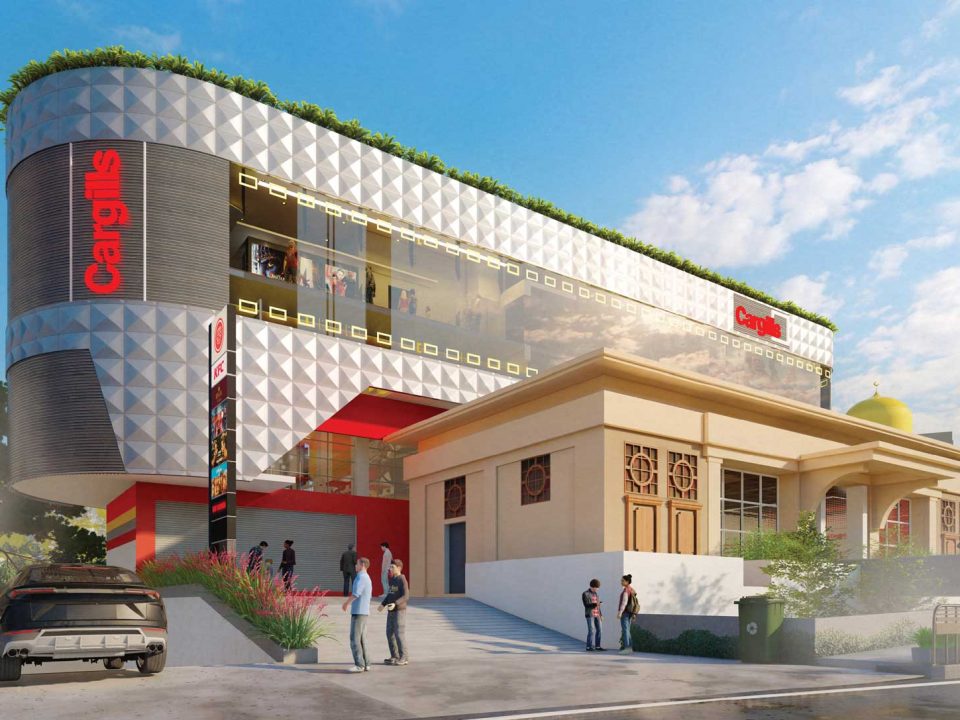TALKING SPACES

REEL TALK
January 12, 2020
GENERATION NEXT
January 12, 2020BUILDING TOGETHER
A cooperative new role for architecture in the eco era
Nilesh De Silva in conversation with Lashani Ramanayake

With four generations of architects in his family, Nilesh De Silva has an innate aptitude for design and a flair for creativity. Since his first visit to a construction site at the age of four, he has pursued a passion to qualify as a chartered architect. He currently works with a talented team at Kahawita De Silva & Associates, which is the family owned practice established in 1979.
Q: How do architects incorporate their personal sense of style in projects?
A: Architects are trained to adapt to any situation through the rigorous study they undertake. Students of architecture cultivate many disci-plines, which they then apply in their professional journey.
An architect must be prepared to design according to a client’s requirements irrespective of whether it’s a residential unit, an office com-plex or an amusement park. Since some architects are recognised for their characteristic style or particular finish, clients may seek these distinct design skills from them.
Q: What are the processes at the planning stage?
A: Establishments that focus on large-scale commercial projects will staff a range of professionals like architects and structural engineers, as well as me-chanical, electrical and plumbing (MEP) personnel. Development projects need to combine best practices and individual styles, in order to conform to time frames and budgets agreed with clients.Building projects are generally inclusive in nature and an architect who has a talent for designing resorts shouldn’t be excluded from collaborating with the team on other projects. Lead designers must always brainstorm together on new projects so they can learn from each other.
Q: In your view, what’s the role of a contemporary architect?
A: Architects play a critical role in the design and construction stages of any project. Clients generally approach architects only to design their buildings but it seldom occurs to them that an architect also plays a connecting role between the various disciplines that are involved in executing a building project plan. Architecture is design and style oriented, and architects must have sufficient know-how on construction bylaws and zoning regulations prior to a pro-ject’s commencement. This information must be conveyed to clients and they should be directed to the relevant authorities for necessary action. An architect’s understanding of design, law and construction will have a critical impact on the outcome of a project.Q: What are your perceptions about the increasing notion of ‘going green’?
A: Sustainability lies in the use of products and technology in a manner that reduces the load on air-conditioning, as well as electricity consumption, through sensible building designs. There are several organisations awarding green certification under different criteria for design, construction and management. However, I believe that this is merely the entry-level green consciousness of organisations. Certification is a stepping stone to an extended scope of possibilities that can be explored to reduce one’s ecological footprint if clients and architects are truly concerned about going green efficiently.
Architects play a critical role in the design and construction stages of any project









